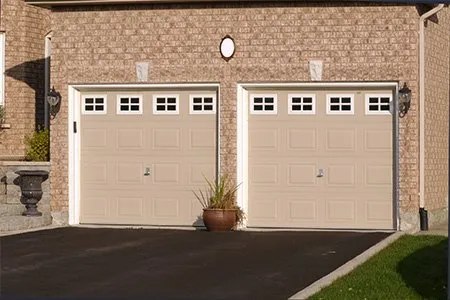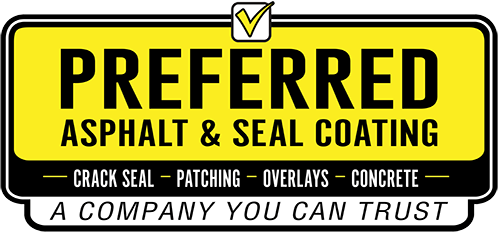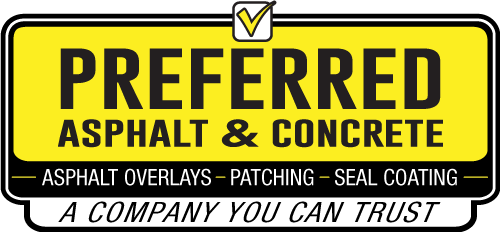Thursday, September 15, 2011
Strategies for Asphalt Maintenance Budgeting
Published in IREM San Diego Newsletter, September 2011
By Steve Harmon, VP, Lot Management
Tight budgets and severe weather during 2011 will surely result in increased asphalt related budget items in 2012. Although the current budgetary environment is expected to continue, I believe that an ongoing asphalt maintenance program can significantly extend the life of parking lots, improve overall property appearance, and lower long-term asphalt related costs.
With proper maintenance, asphalt pavement is expected to last approximately 20 years. This expected life can be reduced by base conditions, poor drainage, excessive loading, weather and, ultimately, traffic.
Maintenance consists of full depth asphalt repairs (dig-outs), skin patching or overlay, and crack filling. It is important to utilize the correct solution for each specific problem. The key to a successful maintenance program includes careful planning, insightful budgeting and, most important, a trusted paving vendor. Here are some helpful tips:
- “An Ounce of Prevention”: Water is the enemy of asphalt. So, it’s critical to keep water from penetrating the pavement or getting beneath it (which damages the base material). We recommend addressing large cracks and pot holes as quickly as possible so they don’t turn into large, full depth, repairs. Also, be aware of irrigation issues such as overwatering planters and water runoff; these items routinely cause premature damage to parking lots.
- Work in the Offseason: Calling an asphalt contractor during the summer rush isn’t a great strategy for saving money. By shifting your work forward or back by three months, you may receive better pricing. Asphalt repairs typically need a minimum of 30 days to cure prior to applying sealcoat. So performing the repair work in the spring or fall and applying sealcoat in the warmer months will often save you money and eliminate scheduling problems.
- Engage: It’s always a good idea to do a site-walk with the contractor’s estimator. This will allow you to ask questions and understand various options. It also helps your paving contractor know exactly what your needs are in terms of scope, logistics, budget, ownership objectives, etc. Ultimately, customers who are engaged usually get a better finished product.
- Apples to Apples: If you are getting multiple bids, I suggest that you use one vendor or a consultant to set the scope of work. Your request for proposal should include:
1. Project schedules and timelines2. Specific scope and materials (sealcoat)3. Site map showing specific types of repair and corresponding
- square footage
- Special requirements such as bonding, permits, insurance

